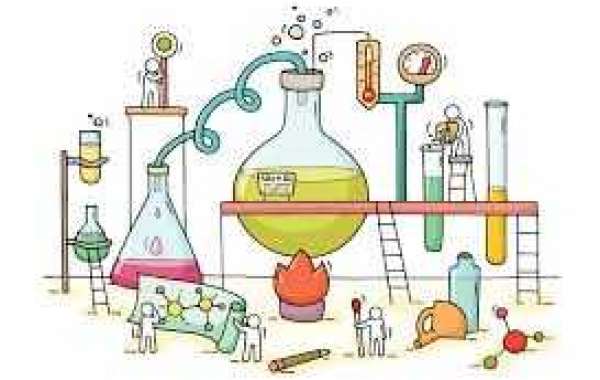Many chemical elements in nature also exist in the human body. This is the chemical composition of elements and compounds in the body of ordinary adults.
Main compounds in the human body
Most chemical elements are present in compounds. Water and minerals are inorganic compounds. Organic compounds include fats, proteins, carbohydrates, and nucleic acids.
Water: water is the most abundant compound in human living cells, accounting for 65% - 90% of each cell. It also exists between cells. For example, blood and cerebrospinal fluid are mainly water.
Fat: the percentage of fat varies from person to person, but even obese people have more water than fat.
Protein: in lean men, the percentage of protein and water is comparable. About 16% by mass. Muscles, including the heart, contain a lot of muscles. Hair and nails are proteins. Skin also contains a lot of protein.
Minerals: Minerals account for about 6% of the body. They include salts and metals. Common minerals include sodium, chlorine, calcium, potassium, and iron.
Carbohydrates: although humans use glucose as an energy source, there is not so much free sugar in the blood at any given time. Sugar and other carbohydrates account for only about 1% of body mass.
Chemical elements in the human body
Six chemical elements account for 99% of the body mass. The acronym CHNOPS can be used to help remember the six key chemical elements used in biomolecules. C is carbon, his hydrogen, n is nitrogen, O is oxygen, P is phosphorus and S is sulfur. Although acronyms are a good way to remember the identity of elements, they do not reflect the richness of elements.
Oxygen is the most abundant element in the human body, accounting for about 65% of human body mass. Each water molecule consists of two hydrogen atoms combined with one oxygen atom, but the mass of each oxygen atom is much higher than the total mass of hydrogen. In addition to being a component of water, oxygen is also necessary for cell respiration.
All organic compounds contain carbon, which is why carbon is the second most abundant element in the human body, accounting for about 18% of the body mass. Carbon is found in proteins, carbohydrates, lipids, and nucleic acids. It is also present in carbon dioxide.
Hydrogen atoms are the most numerous atoms in human beings, but because they are very light, they account for only about 10% of the mass. Hydrogen in water, plus it is an important electron carrier.
Nitrogen accounts for about 3.3% of body weight. It exists in proteins and nucleic acids.
Calcium accounts for 1.5% of body weight. It is used to build bones and teeth and is also important for muscle contraction.
Phosphorus accounts for about 1% of body weight. This element is present in nucleic acids. Breaking the bonds connecting phosphate molecules is the main component of energy transfer.
Potassium accounts for about 0.2-0.4% of human body mass. It is used for nerve conduction. Potassium is a key cation or positively charged ion in the human body.
Sulfur is present in some amino acids and proteins. About 0.2-0.3% of body weight.
Sodium, like potassium, is a positively charged ion. About 0.1-0.2% of body weight. Sodium helps regulate electrolyte balance and maintain water homeostasis in blood and cells.
Although aluminum and silicon are abundant in the earth's crust, they also exist in trace amounts in the human body.
Other trace elements include metals, which are usually cofactors of enzymes (for example, cobalt represents vitamin B12). Trace elements include iron, cobalt, zinc, iodine, selenium, and fluorine.
Does the body contain all elements?
The ordinary human body contains trace elements, which have no known biological functions. These elements include germanium, antimony, silver, niobium, lanthanum, tellurium, bismuth, thallium, gold, and even radioactive elements such as thorium, uranium, and radium. However, not all elements of the periodic table are found in the body. These are mainly synthetic elements, manufactured in the laboratory. Even if they do exist in the human body, most overweight nuclei have a short half-life, and they decay almost instantaneously into a more common element.







